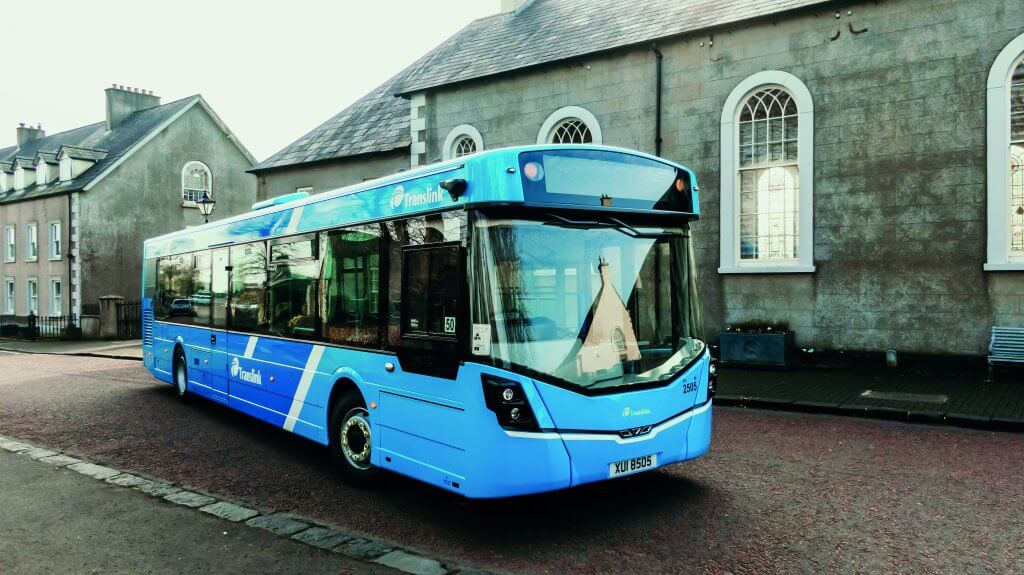
Wrightbus’ new heavy duty single-decker broke cover in late February. Jonathan Welch took it for an exclusive first drive
It was well known that Wrightbus was working on a single-deck version of its Streetdeck double-decker, available in diesel form for a number of years and recently launched as a hydrogen bus. But the manufacturer had remained tight-lipped about the arrival of the first production vehicle, which was due to go on test at Millbrook in the last weeks of February. However, sharp-eyed enthusiasts spotted the bus in Ipswich, where it spent a week on loan to Ipswich Buses for evaluation en route to Millbrook, making for an unusual sight on the streets of Suffolk in its blue Translink livery. Thanks to Translink, Ipswich Buses General Manager Steven Bryce and Wrightbus’ John McLeister, CBW was able to secure a test drive of Wrighbus’ new integral competitor in the heavy duty single-deck segment of the market during its short stay in England.
[…]
By subscribing you will benefit from:
- Operator & Supplier Profiles
- Face-to-Face Interviews
- Latest News
- Test Drives and Reviews
- Legal Updates
- Route Focus
- Industry Insider Opinions
- Passenger Perspective
- Vehicle Launches
- and much more!


